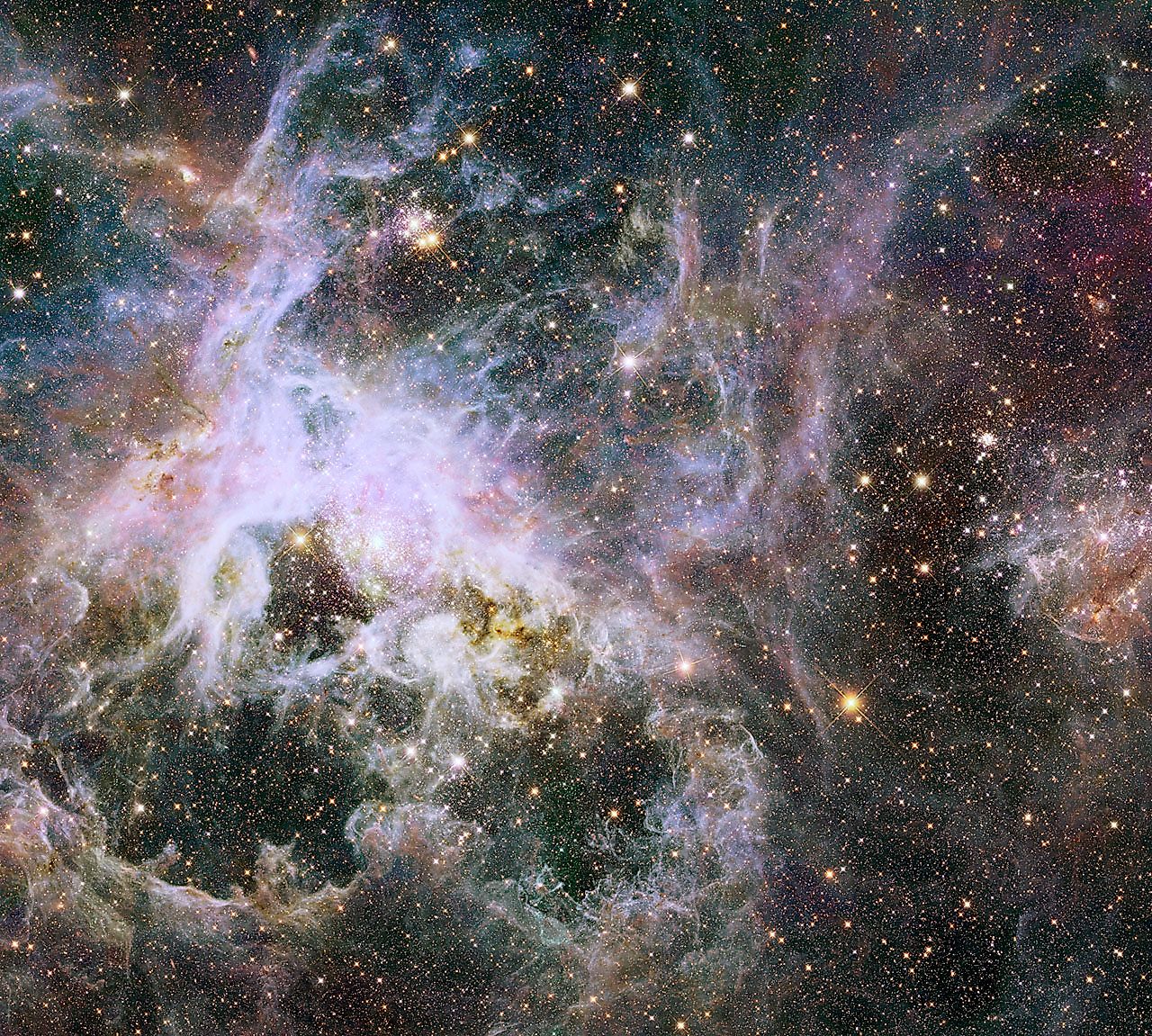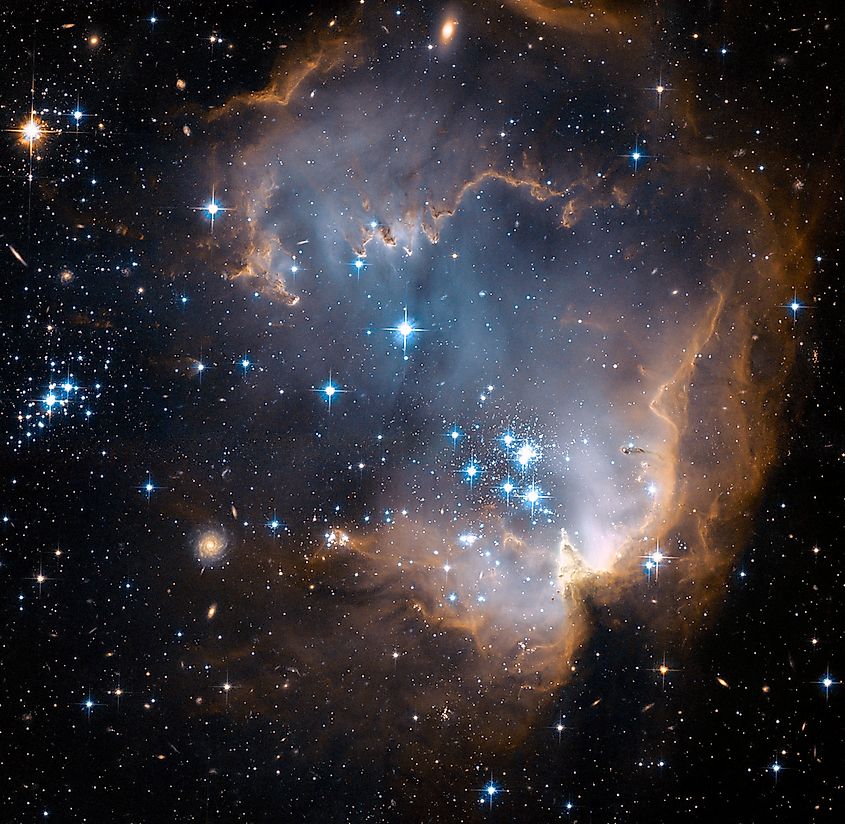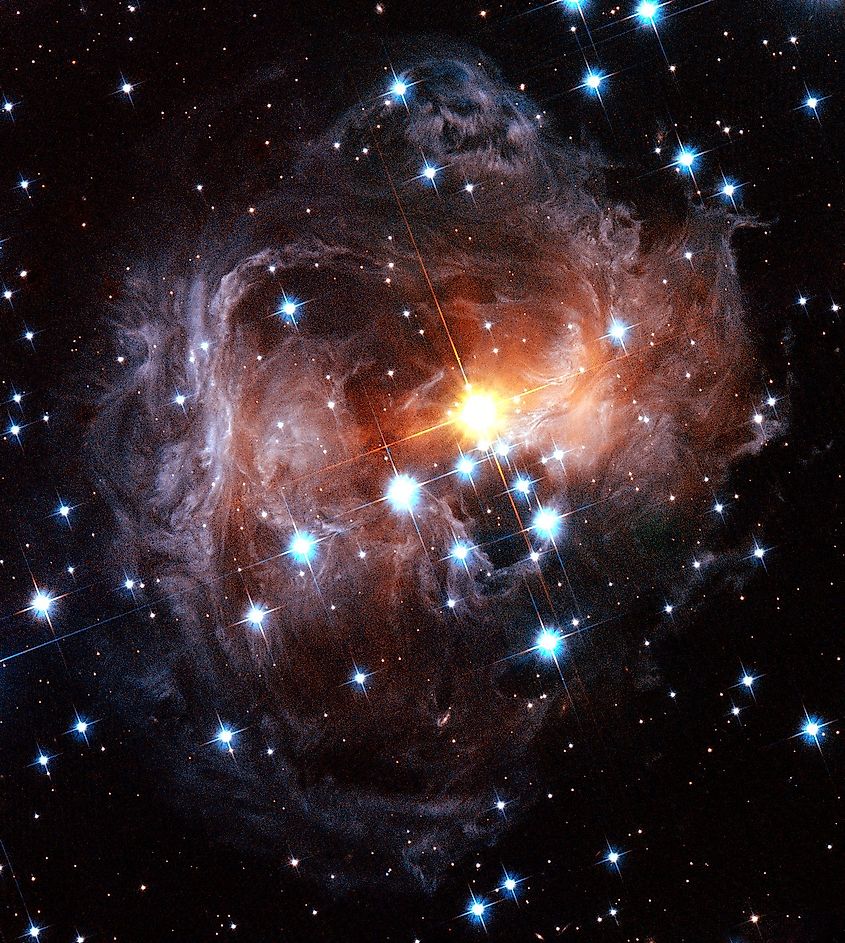
How Many Stars Are In The Milky Way?
The Milky Way Galaxy is home to our entire solar system, as well as nearly every star we can see in the night sky. With just our eyes, we can see around 10,000 individual stars, yet this represents only a tiny fraction of the amount of stars within the Milky Way. Determining the amount of stars in the Milky Way is no easy task, especially since there are far too many stars to simply count them all individually. Furthermore, there are a large number of stars that are hidden from view that even the most powerful telescopes cannot see. To find out how many stars are in the Milky Way, astronomers must determine the mass of the Milky Way.
Mass of the Milky Way

One way to determine the mass of our home galaxy is to determine the rate at which it rotates, since its rotational velocity will be directly related to the mass of the galaxy. To do this, astronomers use spectroscopy and the Doppler Effect. The Doppler Effect is a physical phenomenon that describes how waves of light are either compressed or stretched based on the velocity of their source. For example, if a star is moving towards you, the light it emits will be compressed and blue-shifted. If a star is moving away from you, the light it emits will be stretched and red-shifted. Spectroscopy is used to study the composition of objects by observing their light, and so spectroscopy can be used to determine both blue-shift and red-shift. Since the Milky Way is rotating, some sections are moving towards us while others are moving away from us. Astronomers can use spectroscopy to determine how fast the galaxy is rotating and estimate the mass from there.
Number of Stars

There are some obvious problems with determining the number of stars solely from the mass of our galaxy. First, the Milky Way’s rotational velocity is largely influenced by the amount of dark matter in our galaxy, and so this must be accounted for. Second, even if the mass of the Milky Way is determined, astronomers must then determine how much of that mass is actually stars. After all, the Milky Way contains an abundance of black holes, neutron stars, white dwarfs, and vast clouds of gas and dust. In fact, astronomers estimate that only about 3% of the Milky Way’s mass is made up of stars, yet using this estimate, along with the calculated mass of our galaxy, astronomers estimate that the Milky Way contains anywhere from 100-billion to 400-billion stars. Future observations from more powerful telescopes, such as James Webb, will likely reveal more accurate estimates.











